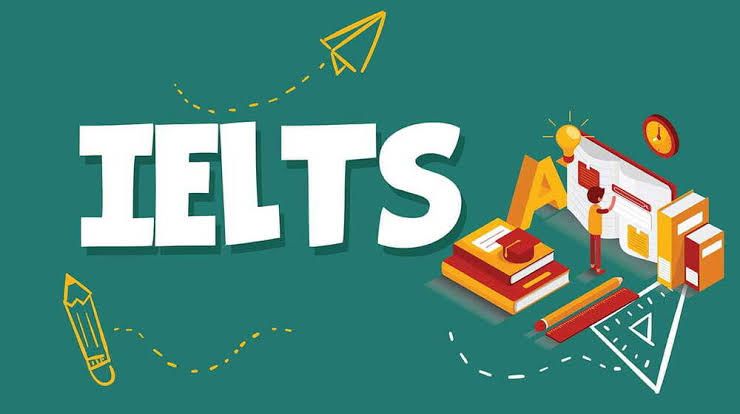In this blog, we’ll delve into the basics of IELTS, giving an introduction to IELTS, its purpose, structure, and why mastering this test is crucial for your international aspirations.

IELTS – the International English Language Testing System, a globally recognized test that assesses your proficiency in the English language. Apart from this, it serves as a gateway for millions of individuals to achieve their dreams of studying, working, or immigrating to English-speaking countries.
The Purpose:
Before giving an introduction to IELTS format, it is important to understand its purpose. The primary purpose of IELTS is to evaluate your ability to communicate effectively in English. Whether you’re applying for higher education, professional registration, or migration, IELTS is a standardized measure of your language skills. It’s accepted by universities, employers, and immigration authorities across the globe. This makes it an essential tool for anyone venturing into an English-speaking environment.
Types of IELTS:
There are two main types of IELTS tests –
Academic and General Training.
The Academic module is designed for individuals seeking admission to universities and institutions for higher education, while the General Training module is intended for those pursuing work experience, training programs, or immigration purposes.
Test Structure:
Both the Academic and General Training modules consist of four components: Listening, Reading, Writing, and Speaking.
-
Listening:
This section assesses your ability to understand spoken English. It consists of four recorded monologues and conversations, covering a range of accents and topics. If you want to know more about this section, read our blog here.
-
Reading:
In this section, you’ll encounter a variety of reading materials, such as articles, advertisements, and excerpts from books. The goal is to assess your ability to comprehend and extract information from written texts. To know more, read our blog here.
-
Writing:
The writing component comprises two tasks. Task 1 varies between the Academic and General Training modules, while Task 2 remains consistent. Task 1 involves interpreting visual data in Academic. In General, it involves writing formal or informal letter. On the other hand, Task 2 requires you to present an argument or opinion on a given topic.
-
Speaking:
The final component is a face-to-face interview with an examiner. The speaking test consists of three parts: introduction and interview round, cue card round, and a discussion round.
Scoring System:
IELTS uses a nine-band scoring system, with each band representing a level of proficiency. Band 1 for non-users to experts at band 9. Your overall score is the average of your scores in the four components.
Preparation Tips:
Preparing for IELTS requires a systematic approach. So, you should familiarize yourself with the test format and practice regularly. Also, consider enrolling in preparatory courses as feedback is essential to guide you and rectify your mistakes. Additionally, exposing yourself to diverse English materials, such as books, newspapers and podcasts, can enhance your language skills.
In the journey towards achieving your global ambitions, IELTS is a pivotal stepping stone. If you think you are ready, you can book the exam here (For Indian Centres). But before that, do check if you are all set for the IELTS exam or not!!!.
After the introduction to IELTS, stay tuned for more in-depth insights, tips, and strategies to conquer each component of the IELTS exam and embark on a successful international venture. Best of luck on your IELTS journey!
